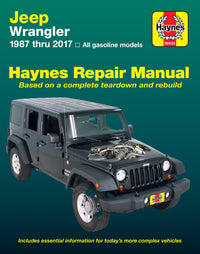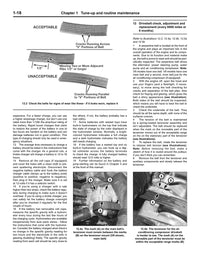How do you know how long your car's battery is going to last if the alternator fails? It's actually really easy, and is explained on the battery's label.
A battery's capacity is measured in its Amp Hour (Ah) rating. So, if it is rated as, say 50Ah, it will provide 50 amps for one hour. This does not necessarily mean a battery will last only one hour, because it will last two hours if it’s asked to produce only 25 Amps, five hours at 10 Amps, and so on.
Unfortunately, the vehicle's starter motor is very power hungry, and can draw 400 amps the instant you turn the key. That's why you can drain a battery in less than 10 minutes of cranking.
Batteries are also rated according to their Cold Cranking Amps (CCA), which denotes the peak power they have to turn over the engine and get it started in cold weather.
This is why it’s worth taking note of these two figures, because there’s little point in having a powerful battery with lots of cold cranking amps just to deliver the 250 amps a little four cylinder motor needs to turn over. On the other hand though, a 3/4 ton diesel truck needs massive amounts of power to crank, thanks to the high compression and huge pistons, so often have a pair of batteries just to get going.
What drains a battery
Various situations and conditions can cause you vehicle’s battery to become low or discharged. At lower temperatures, the chemical reactions in a battery slow down and produce less power for a given time, which can make a marginal battery unable to start the car. Also in winter the engine is harder to turn over in the first place because the oil is thicker, and the metal actually shrinks microscopically making everything tighter. Plus the fact that systems such as the ventilation, rear window defroster, and (if your car has them) heated seats, are all in more frequent use, and people make shorter trips starting the car more frequently
It pays to garage your vehicle, if you can, to keep it warm, and in extreme conditions use an automatic charger to kep the battery at max power. A low amperage charge will also keep the battery warm and stop it from freezing so readily in sub zero conditions..
Also, make sure you turn off the heated seats and windows once they’ve done their jobs, because if they’re all switched on when you turn on the ignition they can quickly deplete your battery to the point that it hasn’t enough power to start the engine.
it’s a good idea to take your vehicle for a slightly longer journey (at least 30 minutes or so) once a week just to give the battery a much-needed chance to recharge.

















